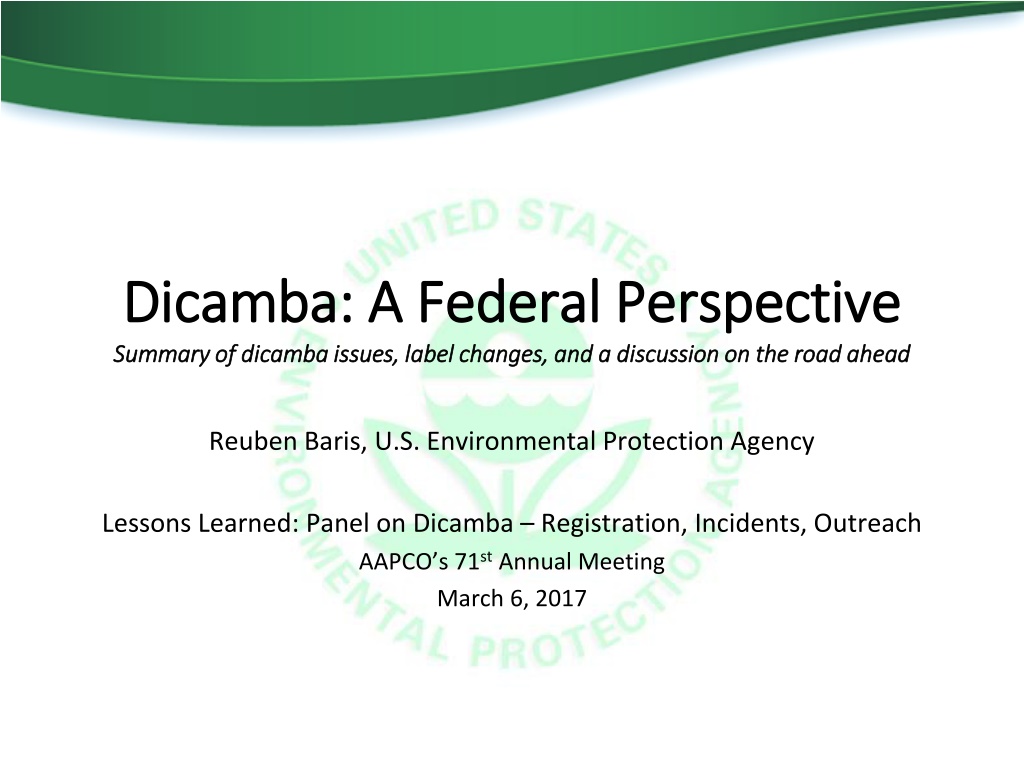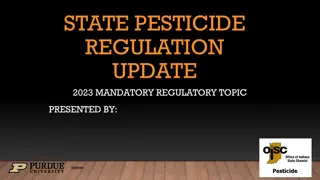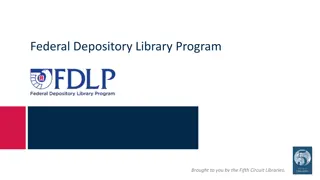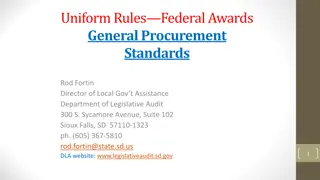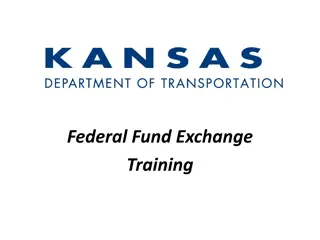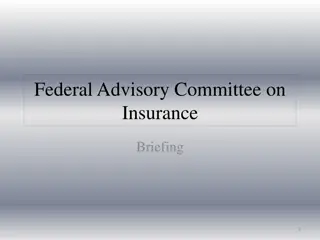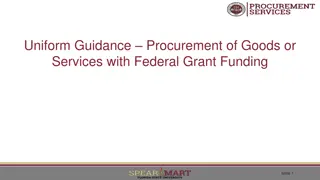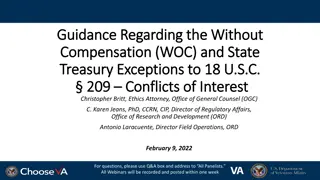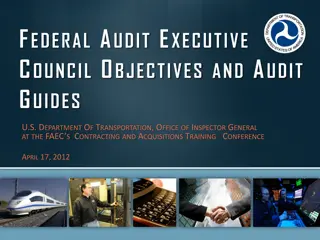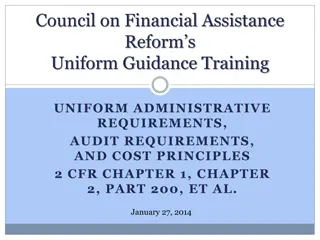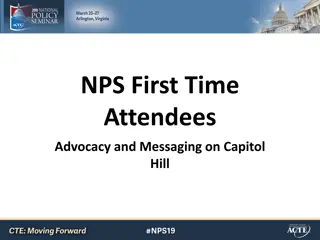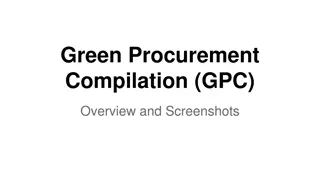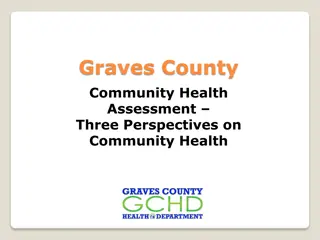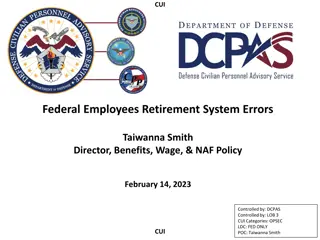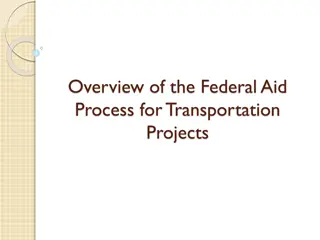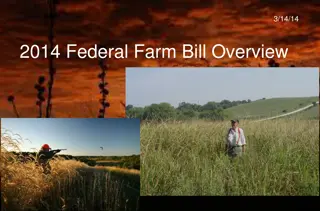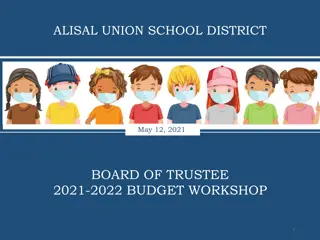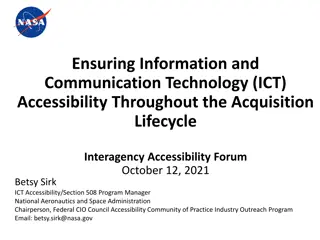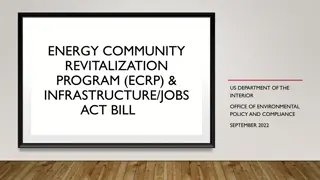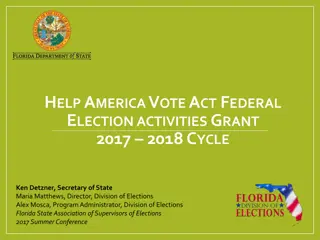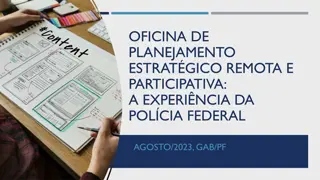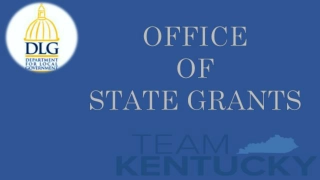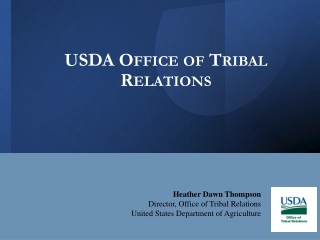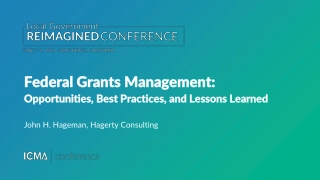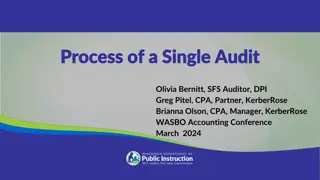Dicamba: An Overview of Federal Perspective
The summary covers various aspects of dicamba including federal perspective, label changes, new uses for dicamba-tolerant crops, incidents of crop damage, and related investigations. It highlights the impact on crops, such as soybeans, tomatoes, watermelon, and more, caused by dicamba applications. The incidents and investigations led to significant acreage of affected crops ultimately raising concerns and discussions on the use of dicamba.
Download Presentation

Please find below an Image/Link to download the presentation.
The content on the website is provided AS IS for your information and personal use only. It may not be sold, licensed, or shared on other websites without obtaining consent from the author. Download presentation by click this link. If you encounter any issues during the download, it is possible that the publisher has removed the file from their server.
E N D
Presentation Transcript
Dicamba Dicamba: A Federal Perspective : A Federal Perspective Summary of Summary of dicamba dicamba issues, label changes, and a discussion on the road ahead issues, label changes, and a discussion on the road ahead Reuben Baris, U.S. Environmental Protection Agency Lessons Learned: Panel on Dicamba Registration, Incidents, Outreach AAPCO s 71stAnnual Meeting March 6, 2017
Dicamba Dicamba Over Over- -the the- -Top Uses Top Uses New Uses for dicamba-tolerant soybean and dicamba- tolerant cotton were registered in late 2016 Three products were approved for use with 2 year expiration dates Xtendimax with VaporGrip Technology (EPA reg no. 524-617) Engenia Herbicide (EPA reg. no. 7969-345) DuPont FeXapan Herbicide Plus VaporGrip Technology (EPA reg. no. 352-913) U.S. Environmental Protection Agency 2
Summary of 2017 Summary of 2017 Dicamba Dicamba Incidents Incidents May/June 2017 EPA started receiving reports of significant crop damage following applications of dicamba Early reports were reported in Bootheel of Missouri As the season progressed, reports of soybean damage spread across southern states and northern MO, into the Midwest and Dakotas U.S. Environmental Protection Agency 3
Incident Summary Continued Incident Summary Continued October 15, 2017: 2,708 official dicamba-related crop injury investigations (collected by Univ. of Missouri Ag. Extension as reported by state departments of agriculture) More than 3.6 million acres of soybeans impacted Other impacted crops: tomatoes, watermelon, cantaloupe, vineyards, pumpkins, vegetables, tobacco, residential gardens, trees and shrubs Not all reports of crop damage were reported to State Departments of Agriculture U.S. Environmental Protection Agency 4
Dicamba Dicamba- -Related Injury Investigations Related Injury Investigations Reported by State Departments of Agriculture Reported by State Departments of Agriculture (*as of Oct 15, 2017) Source: Univ. of Missouri, IPM, Dr. Kevin Bradley https://ipm.missouri.edu/IPCM/2017/10/final_report_dicamba_i njured_soybean/ U.S. Environmental Protection Agency 5
Estimated Estimated Dicamba Dicamba- -Injured Soybean Acreage Injured Soybean Acreage (*as of October 15, 2017) Source: Univ. of Missouri, IPM, Dr. Kevin Bradley https://ipm.missouri.edu/IPCM/2017/10/final_report_dicamba_i njured_soybean/ U.S. Environmental Protection Agency 6
Summary of Investigations Summary of Investigations Physical Drift Tank Contamination Temperature Inversions Volatility Misuse U.S. Environmental Protection Agency 7
Summary of Investigations Contd Summary of Investigations Cont d EPA engaged State Lead Agencies and University Weed Scientists soliciting information to cooperatively develop solutions to address the dicamba incidents reported in the field Cooperative efforts among University Academic, Industry and Growers were used to inform EPA s regulatory decision making U.S. Environmental Protection Agency 8
EPA Objectives for 2018 Label Changes EPA Objectives for 2018 Label Changes Further minimize the potential for off-target movement by addressing application practices Reduce ambiguity across registered products Retain the utility of the technology recognizing the clear benefit and importance for managing weed resistance Federal label intended for all 34 states where dicamba is registered on dicamba-tolerant soybean and cotton U.S. Environmental Protection Agency 9
Summary 2018 Label Changes Summary 2018 Label Changes All three products are Restricted Use Pesticide products For retail sale to and use only by Certified Applicators or persons under their direct supervision and only for those uses covered by the Certified Applicator s certification Dicamba-specific training is required for all applicators Each label limits applications to when maximum wind speeds are below 10 mph (from 15 mph) to reduce potential spray drift; Applications may only occur between Sunrise and Sunset Tank clean-out language to prevent cross-contamination Susceptible/sensitive crop identification and record keeping with sensitive crop registries to increase awareness of risk to especially sensitive crops near application site RUP designation requires applicators to maintain specific records regarding the use of these products U.S. Environmental Protection Agency 10
Implementation of New Labels Implementation of New Labels All registrants have agreed to get the revised labels into the hands of farmers in time for the 2018 use season EPA, cooperatively with SLAs, will monitor the success of these changes to help inform regulatory decisions for the use of dicamba on tolerant soybean and cotton beyond 2018 U.S. Environmental Protection Agency 11
All eyes are on 2018 All eyes are on 2018 Registrations for over-the-top uses on dicamba-tolerant uses were all registered with a two-year expiration EPA and SLA cooperation to monitor the current situation (Planned regular and frequent communication) Obtain relevant data/information in a timely manner to inform decision making U.S. Environmental Protection Agency 12
Questions/Discussion? Questions/Discussion? U.S. Environmental Protection Agency 13
